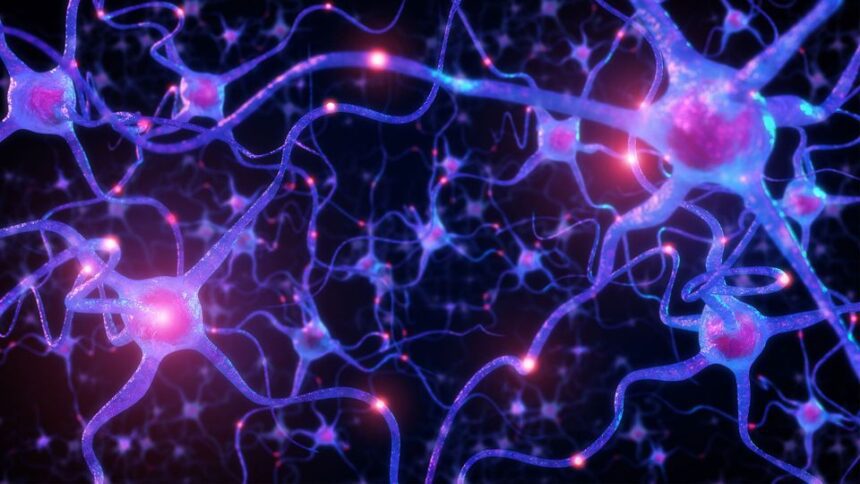Engineers at the University of Massachusetts Amherst have achieved a breakthrough that sounds straight out of science fiction — they’ve built the world’s first artificial neurons capable of communicating with living cells using the same kind of electrical signals as real brain cells.
A Leap Toward Bio-Inspired Computers
These synthetic neurons mimic the electrical functions of natural ones, bringing science a step closer to merging biology with technology. The team behind the project had previously worked with protein nanowires made from bacteria that generate electricity. Now, with this innovation, scientists believe it could pave the way for highly efficient computers modeled on the human brain — and even systems that directly connect with living cells inside the body.
Why the Brain Beats Supercomputers
Lead author Shuai Fu, whose study was published in Nature Communications, explained why this matters: the human brain is an energy miracle. Despite processing enormous amounts of information, it runs on just about 20 watts — less than what it takes to power a light bulb. Compare that with artificial intelligence systems like ChatGPT, which can burn through over a megawatt of power for similar tasks.
In other words, billions of neurons in your brain can write a story using the same energy needed to charge your phone — while AI still gulps electricity like there’s no tomorrow.
How the New Neurons Work
Senior author Jun Yao highlighted the game-changing efficiency of these new artificial neurons. Older artificial versions needed 100 times more power and 10 times higher voltage to operate. By contrast, these new neurons work at just 0.1 volts — the same as human cells.
This breakthrough not only marks a major milestone in neuroscience and bioengineering but could also transform how future computers operate — combining the intelligence of machines with the energy efficiency of biology.







